When you think about tap water, you usually just assume it’s safe to drink, right? But, believe it or not, not every city in the U.S. can boast about clean, fresh water coming from its faucets. The quality of tap water varies quite a bit across the country. From outdated treatment facilities to old infrastructure, some places are facing serious challenges when it comes to providing clean tap water. Here’s a look at 14 American cities where you might want to think twice before filling up your glass from the tap.
1. Flint, Michigan
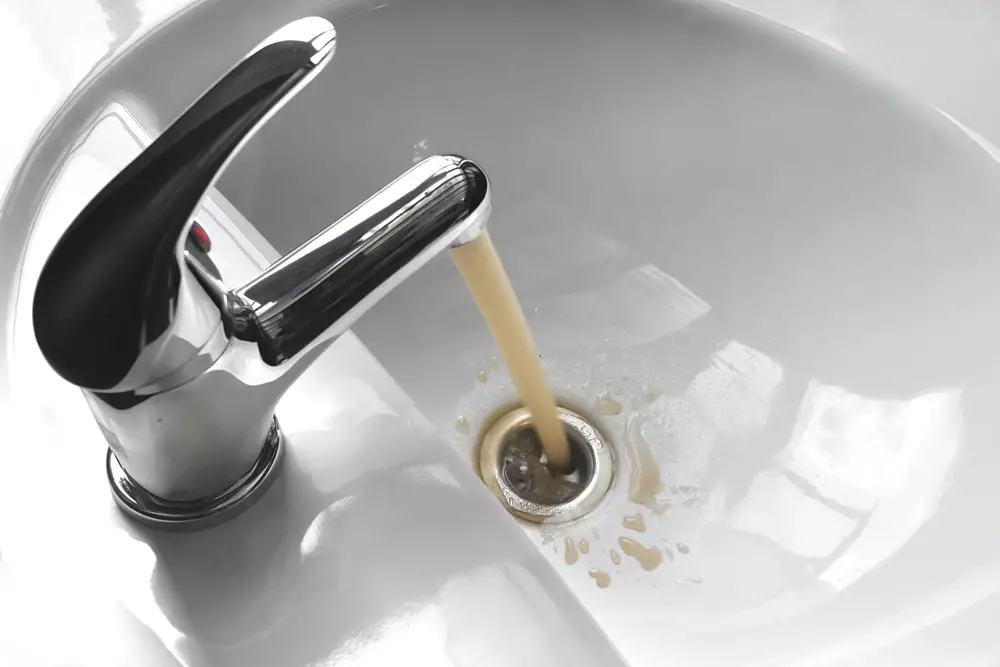
Flint has become almost synonymous with bad tap water, thanks to a crisis that grabbed headlines worldwide. It all started when the city switched its water source in 2014 to save money. Unfortunately, the new source—water from the Flint River—corroded the old pipes, causing lead to leach into the water supply. According to Dr. Mona Hanna-Attisha, a pediatrician and public health advocate, this led to elevated lead levels in the blood of local children, a condition that can have serious long-term effects. Though efforts are underway to address the issue, many residents still rely on bottled water or filtered tap water.
Despite measures to fix the problem, the people of Flint continue to face challenges. Many community members feel a lack of trust in local government and water management systems. This crisis has sparked a nationwide conversation around water quality, especially in older cities with aging infrastructure. Even with ongoing improvements, some residents are hesitant to use unfiltered tap water for drinking or cooking. This situation serves as a crucial lesson on the importance of maintaining and updating public utilities.
2. Pittsburgh, Pennsylvania
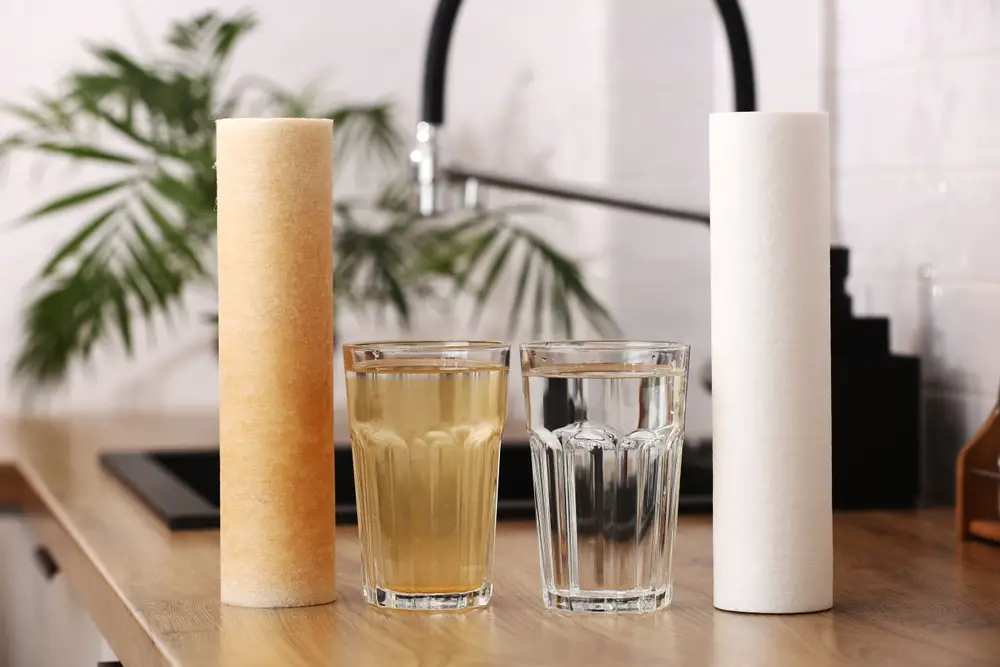
While Pittsburgh is known for its revival in recent years, its tap water tells a different story. The city has grappled with lead contamination, much like Flint, although not as severe. Old lead pipes running beneath the city are a major contributor to the problem. Residents have been encouraged to use water filters or flush their taps before drinking. This has been a persistent issue that continues to raise concerns among residents and local officials.
To address the contamination, the city has embarked on an ambitious project to replace lead service lines. However, this is a costly and time-consuming process, leaving many to rely on short-term solutions. Public awareness campaigns aim to educate the community about minimizing exposure to lead. Despite these efforts, the issue of tap water safety remains a pressing concern. Local advocacy groups are working diligently to hold officials accountable for improving water quality.
3. Fresno, California

In Fresno, the problem isn’t just lead but a cocktail of contaminants that make the water less than ideal for drinking. Residents have reported high levels of nitrates and arsenic, both of which can pose serious health risks. According to a study by the Environmental Working Group (EWG), Fresno ranks poorly for water quality, with contaminants exceeding health guidelines. The city is not alone in facing these issues; many Central Valley communities struggle with similar water quality problems. The situation is exacerbated by agricultural runoff, which seeps into the groundwater supply.
Efforts to clean up Fresno’s water have been underway, but progress is slow. The city has been investing in upgrading its water treatment facilities and infrastructure. However, the sheer scale of the problem means solutions will take time. Residents are advised to use water filters or rely on bottled water as a precaution. While improvements are being made, Fresno’s water woes highlight the broader issue of agricultural impacts on water quality in the region.
4. Newark, New Jersey

Newark has faced its own set of challenges when it comes to providing clean tap water to its residents. The city has been dealing with lead contamination partly due to its aging pipe infrastructure. This has led to a public outcry and legal actions from concerned citizens and advocacy groups. Efforts to mitigate the issue have included distributing water filters and bottled water to residents. However, skepticism remains about the effectiveness and speed of the city’s response.
In a city with deep economic disparities, access to clean water becomes an even more pressing issue. The local government has initiated projects to replace lead service lines, but these projects have faced funding hurdles. Public trust remains low, with many residents still wary of relying on tap water for daily use. Education campaigns are trying to bridge this gap by spreading awareness about safe water practices. The Newark water crisis serves as a reminder of the importance of maintaining infrastructure for the health of urban communities.
5. Corpus Christi, Texas

Corpus Christi has made headlines for water boil notices that have frustrated residents. High levels of industrial contaminants have been found in the city’s water supply. According to a report from Texas Commission on Environmental Quality, the problem stems from industrial discharges and inadequate water treatment processes. The community has dealt with several water quality scares, including the presence of harmful bacteria. This has led to growing concern about the long-term safety of the water supply.
The city has been working to improve its water infrastructure, but the process is ongoing. Many residents have expressed frustration over the lack of timely updates and clear communication from local authorities. Public hearings and community meetings have been held to address concerns, but trust remains an issue. Many people have opted for bottled water or water filtration systems as a precaution. The situation in Corpus Christi highlights the complexities of managing water quality in rapidly growing urban areas.
6. Washington, D.C.
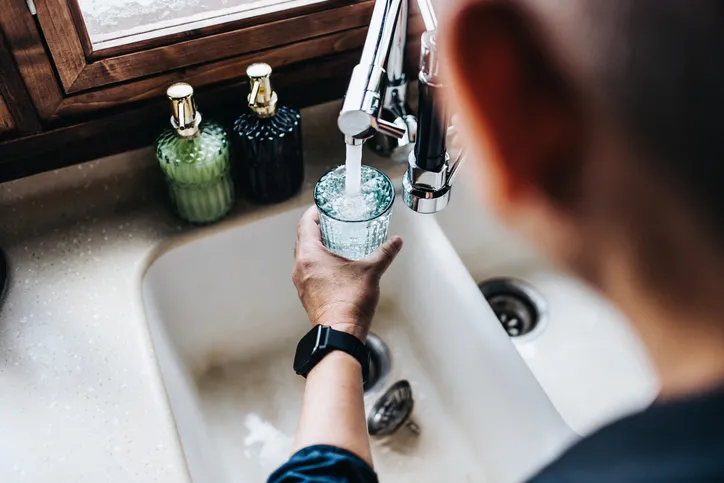
Living in the nation’s capital doesn’t guarantee access to pristine water. Washington, D.C. has battled its own water quality issues, primarily due to lead contamination. The District’s infrastructure problems are rooted in its aging lead pipes, some of which date back a century. Efforts have been made to replace these pipes, but challenges remain. Residents have been urged to run their taps before use or utilize water filters to reduce exposure.
Public pressure has played a key role in pushing for reforms in the capital’s water management. City officials have been working to improve transparency and communication about water quality issues. Community organizations continue to advocate for more aggressive action to replace lead service lines. Despite these efforts, concerns about water safety linger among residents. This underscores the ongoing struggle cities face in providing clean and safe water amidst aging infrastructure.
7. Milwaukee, Wisconsin

Milwaukee has its share of water woes, with lead contamination and outdated infrastructure being significant issues. According to Erin Brockovich, an environmental activist, Milwaukee’s water quality challenges are part of a larger national crisis. The city has been slow to replace its old lead pipes, which have led to elevated levels of lead in drinking water. Efforts to modernize the water infrastructure have been met with bureaucratic and financial hurdles. Meanwhile, residents are left to grapple with the immediate health risks and inconveniences.
Local organizations have been pushing for faster action to address these concerns. Public health campaigns aim to educate Milwaukeeans about the risks of lead exposure. The city has started offering free water filters to affected households, but many see this as a temporary solution. Long-term plans to replace lead pipes are in motion, but the timeline remains uncertain. The situation in Milwaukee reflects the broader challenges many older cities face in upgrading essential infrastructure.
8. Las Vegas, Nevada

Las Vegas might be known for its glitz and glamour, but its tap water is less than impressive. The city sources its water from Lake Mead, which has been plagued by declining levels and rising contamination. Hard water is a major issue in Las Vegas, characterized by high mineral content that can affect taste and utility. Although these minerals are not necessarily harmful, they can cause plumbing issues and lead to other inconveniences. Residents often install water softeners or filters to improve the quality of their tap water.
Efforts to ensure a stable water supply have been challenged by the region’s persistent drought conditions. The local government has been implementing water conservation measures and looking for alternative water sources. Public awareness campaigns emphasize the importance of conserving water and addressing quality issues head-on. Despite these efforts, the future of Las Vegas’s water supply remains a point of concern. The city’s experience underscores the difficulties of managing water resources in arid regions with booming populations.
9. Miami, Florida

Miami’s water woes are often overshadowed by its beautiful beaches, but residents know the reality. The city faces challenges with rising saltwater intrusion into its freshwater supplies, mainly due to climate change. The intrusion threatens the Biscayne Aquifer, Miami’s primary source of drinking water. Residents have been advised to use water filters and stay informed about local water quality advisories. The situation highlights the intersection of environmental issues and urban water management.
Efforts are underway to mitigate the impact of saltwater intrusion. Local officials have been investing in infrastructure improvements and innovative technologies to protect the water supply. Awareness campaigns aim to educate residents about sustainable water practices and the importance of conservation. Despite these initiatives, concerns about the long-term viability of Miami’s water supply persist. The city’s water challenges are a reminder of the broader impacts of climate change on essential resources.
10. Houston, Texas
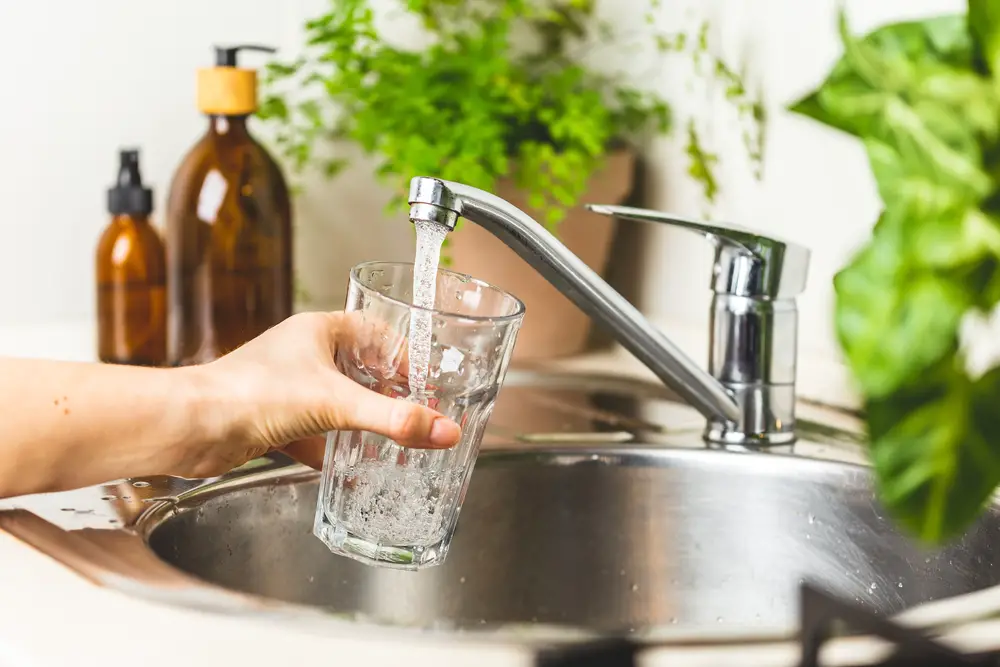
Houston, with its sprawling urban landscape, faces significant challenges when it comes to tap water safety. The city has a history of water quality violations, including high levels of contaminants such as lead and disinfection byproducts. Aging infrastructure is a primary culprit, making it difficult to ensure consistent water quality across the city. Residents are often advised to use water filters or rely on bottled water as a precautionary measure. The situation has prompted calls for more rigorous oversight and investment in water infrastructure.
Efforts to address these concerns have been met with mixed success. The city has initiated projects to upgrade its water treatment and distribution systems, but progress has been slow. Public health campaigns aim to keep residents informed about potential risks and how to mitigate them. Community advocacy groups continue to push for greater transparency and accountability from local authorities. Houston’s struggles with water quality underscore the need for ongoing investment in urban infrastructure.
11. Baltimore, Maryland

Baltimore residents have long faced challenges with water quality, primarily due to the city’s aging infrastructure. Lead contamination remains a significant concern, exacerbated by outdated water pipes. Efforts to replace lead service lines have been slow and met with financial constraints. Residents are often advised to use filtered water to minimize exposure risks. The situation has led to growing public pressure for more effective and timely solutions.
Local advocacy groups have been instrumental in raising awareness and pushing for reforms. The city has launched initiatives to improve water quality, but progress has been hampered by funding and logistical issues. Public health campaigns aim to educate residents about the importance of safe water practices. Despite these efforts, skepticism about tap water safety remains high among Baltimoreans. The city’s experience highlights the broader challenges of maintaining essential services in older urban areas.
12. Detroit, Michigan
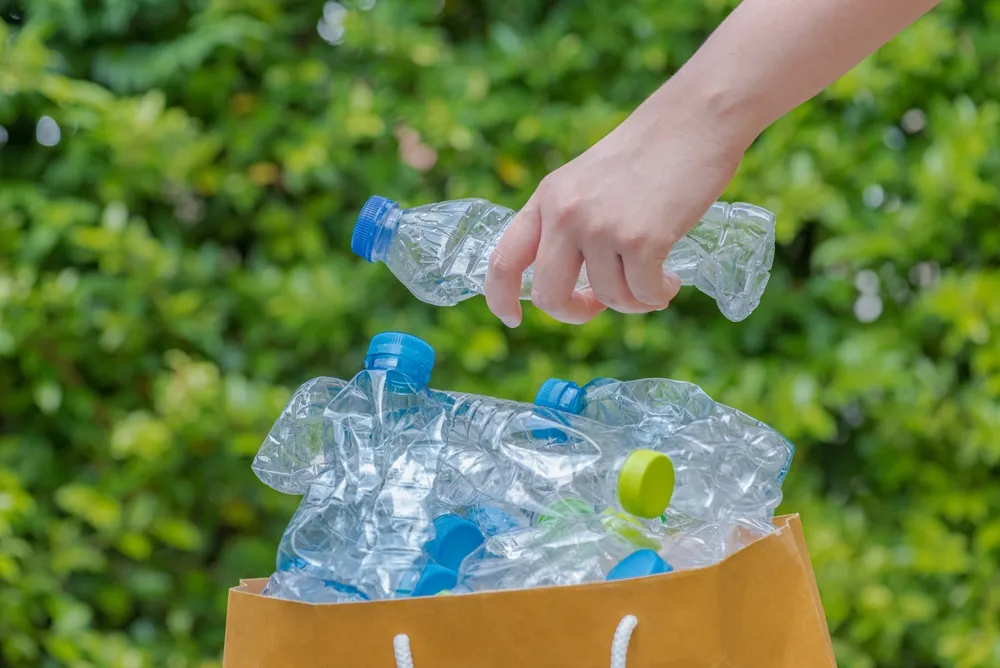
Detroit faces significant hurdles when it comes to providing clean tap water to its residents. The city has struggled with high levels of contaminants, including lead and bacteria, largely due to its aging infrastructure. Efforts to address these issues have been complicated by financial constraints and bureaucratic hurdles. Residents are often advised to boil water or use filters to ensure safety. The situation has sparked calls for more rigorous oversight and investment in water infrastructure.
Community organizations have been at the forefront of advocating for change. The city has initiated projects to modernize its water treatment systems, but progress has been slow. Public awareness campaigns seek to educate Detroiters about the importance of water safety and conservation. Despite these initiatives, concerns about water quality persist among residents. Detroit’s water challenges underscore the ongoing need for investment in essential urban infrastructure.
13. Atlanta, Georgia

Atlanta’s water quality concerns revolve around aging infrastructure and stormwater runoff. The city has faced multiple water quality violations, including high levels of contaminants like lead and bacteria. Residents are often advised to use water filters or boil water for safety. Efforts to modernize the city’s water infrastructure have been met with financial and logistical challenges. The situation underscores the complexities of managing water resources in growing urban centers.
Local officials have been working to address these issues through infrastructure upgrades and public awareness campaigns. Community organizations play a key role in advocating for greater transparency and accountability. Despite these efforts, concerns about water quality remain a significant issue for many Atlantans. The city’s experience highlights the broader challenges of maintaining safe and reliable water services in rapidly expanding urban areas. This calls for continuous investment and innovation in urban water management.
14. San Diego, California

San Diego, famed for its sunny weather and coastline, has its own set of water quality challenges. The city relies heavily on imported water, which is both costly and susceptible to contamination. Water from the Colorado River and Northern California is treated locally but still presents issues like high mineral content and occasional contaminants. Residents frequently use water softeners or filtration systems as a precautionary measure. The situation underscores the challenges of ensuring a reliable water supply in arid regions.
Efforts to improve water quality have been ongoing, with investments in infrastructure and technology. The city has launched initiatives to promote water conservation and sustainable practices among residents. Public awareness campaigns emphasize the importance of using water wisely and maintaining quality standards. Despite these efforts, concerns about the long-term viability of San Diego’s water supply persist. The city’s challenges highlight the broader issues around water management in regions facing environmental and resource constraints.
